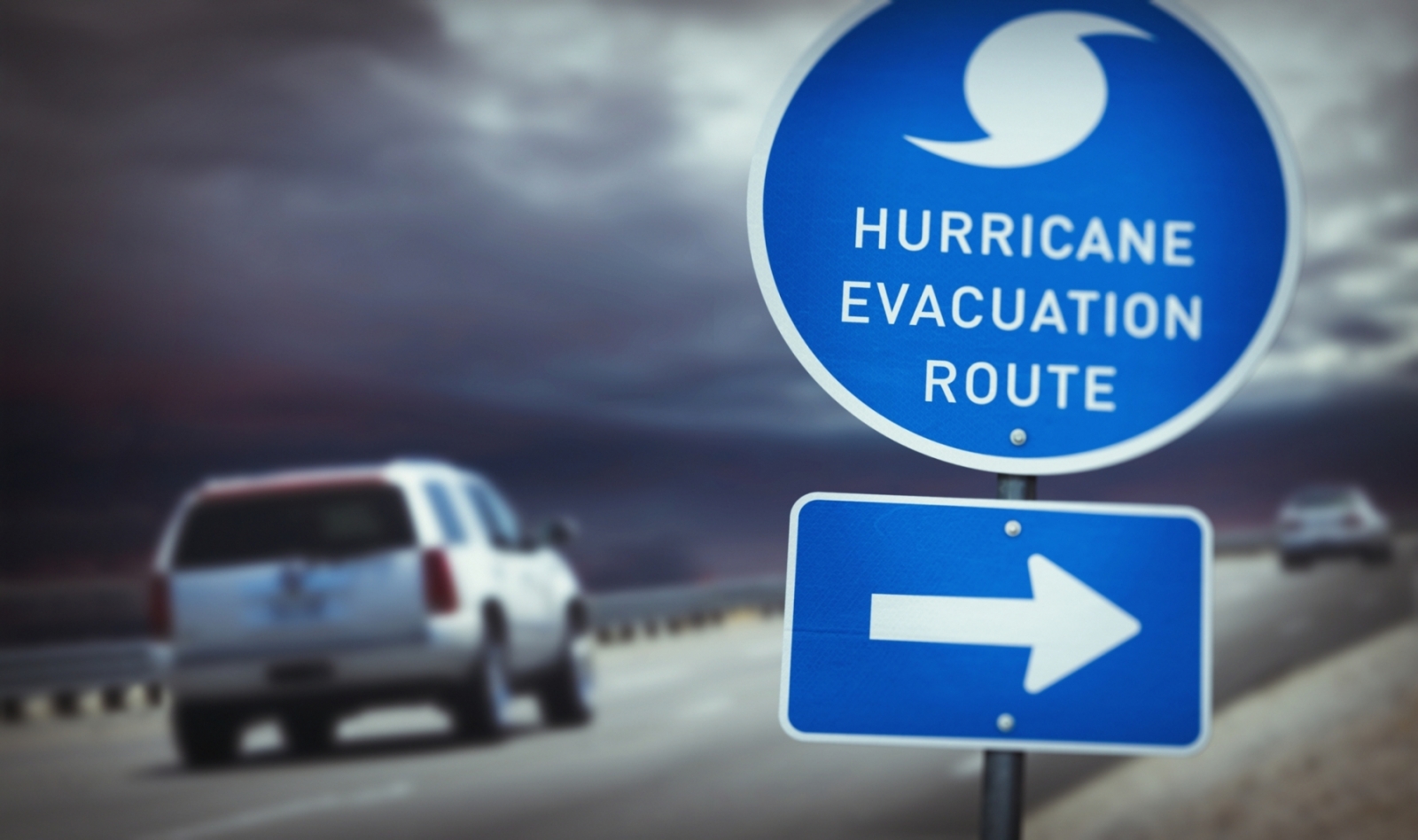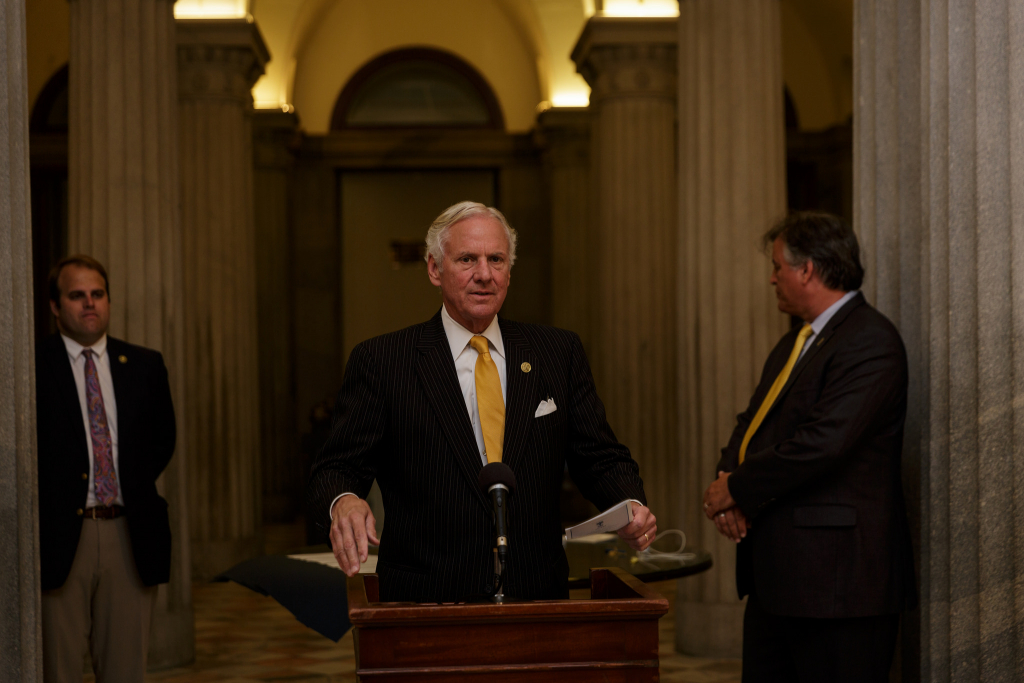South Carolina governor Henry McMaster has ordered the evacuation of the entire 187-mile coastline of the Palmetto State, effective at noon on Tuesday, in anticipation of powerful Hurricane Florence approaching the east coast of the United States.
“We do not want to risk one South Carolina life in this hurricane,” McMaster said. “I’d say get ready. The winds on this one are predicted to be more powerful than the ones from Hugo.”
That’s a reference to the infamous storm that came ashore just north of Charleston, S.C. in late September 1989 as a category three system – killing nearly three dozen South Carolina residents and doing an estimated $10 billion worth of damage.
“Pretend, presume, assume that a major hurricane is going to hit smack dab in the middle of South Carolina and may go way inshore,” McMaster warned.
McMaster previously declared a state of emergency in anticipation of Florence’s arrival. As a result, assets from the Federal Emergency Management Agency (FEMA) were already arriving in the Palmetto State to “help coordinate federal resources should they be needed.”
On Monday, McMaster pulled the trigger and issued an evacuation order impacting more than one million residents in eight counties along the South Carolina coast. He also announced that the state’s two main transportation arteries leading to and from the coast – Interstate 26 and U.S. Highway 501 – would have their lanes reversed beginning at noon on Tuesday.
That means traffic in all lanes will be moving away from the coast until the reversals are lifted.
Lane reversals were first implemented by former governor Nikki Haley in 2016 in the run-up to Hurricane Matthew. Like Haley, McMaster also closed schools and government offices across the Midlands region of South Carolina in order to allow roadways to accommodate the exodus from the coast.
(Click to view)
(Via: S.C. Governor)
“We don’t want to gamble with a single South Carolina life,” McMaster (above) said.
Haley was criticized for pulling the trigger on evacuations too early … but not by this news outlet.
“Haley has made the correct decisions based on the information at her disposal,” we wrote at the time. “In dealing with storms like this leaders are damned if they do, damned if they don’t. Had Haley initiated an evacuation too late – potentially putting hundreds of thousands of lives at risk – she’d have been pilloried (and rightfully so).”
We believe the same benefit of the doubt should be afforded to McMaster, who at the end of the day is using the same playbook Haley used for Matthew in 2016.
In North Carolina, coastal evacuations were also underway late Monday – with more scheduled to begin on Tuesday.
“We here in North Carolina are bracing for a hard hit,” governor Roy Cooper said during a press conference on Monday. “North Carolina is taking Hurricane Florence seriously, and you should too. Get ready now.”
(Click to view)
(Via: N.C. Governor)
The N.C. Department of Transportation (NCDOT) was certainly heeding Cooper’s call, putting 2,166 employees on the road armed with “1,284 trucks, 1,086 chain saws, 147 front loaders, 219 motor graders and 202 backhoes.”
According to Cooper, his state is at the center of the “bulls-eye” for Florence – which was located approximately 525 miles south-southeast of Bermuda, according to the latest advisory from the National Hurricane Center (NHC) in Miami, Florida.
The storm is a category four system, packing maximum sustained winds of 140 miles per hour … and its projected to get even stronger.
“Further strengthening is anticipated, and Florence is expected to be an extremely dangerous major hurricane through Thursday,” NHC forecasters warned.
***
WANNA SOUND OFF?
Got something you’d like to say in response to one of our stories? Please feel free to submit your own guest column or letter to the editor via-email HERE. Got a tip for us? CLICK HERE. Got a technical question or a glitch to report? CLICK HERE. Want to support what we’re doing? SUBSCRIBE HERE.
Banner: Getty


